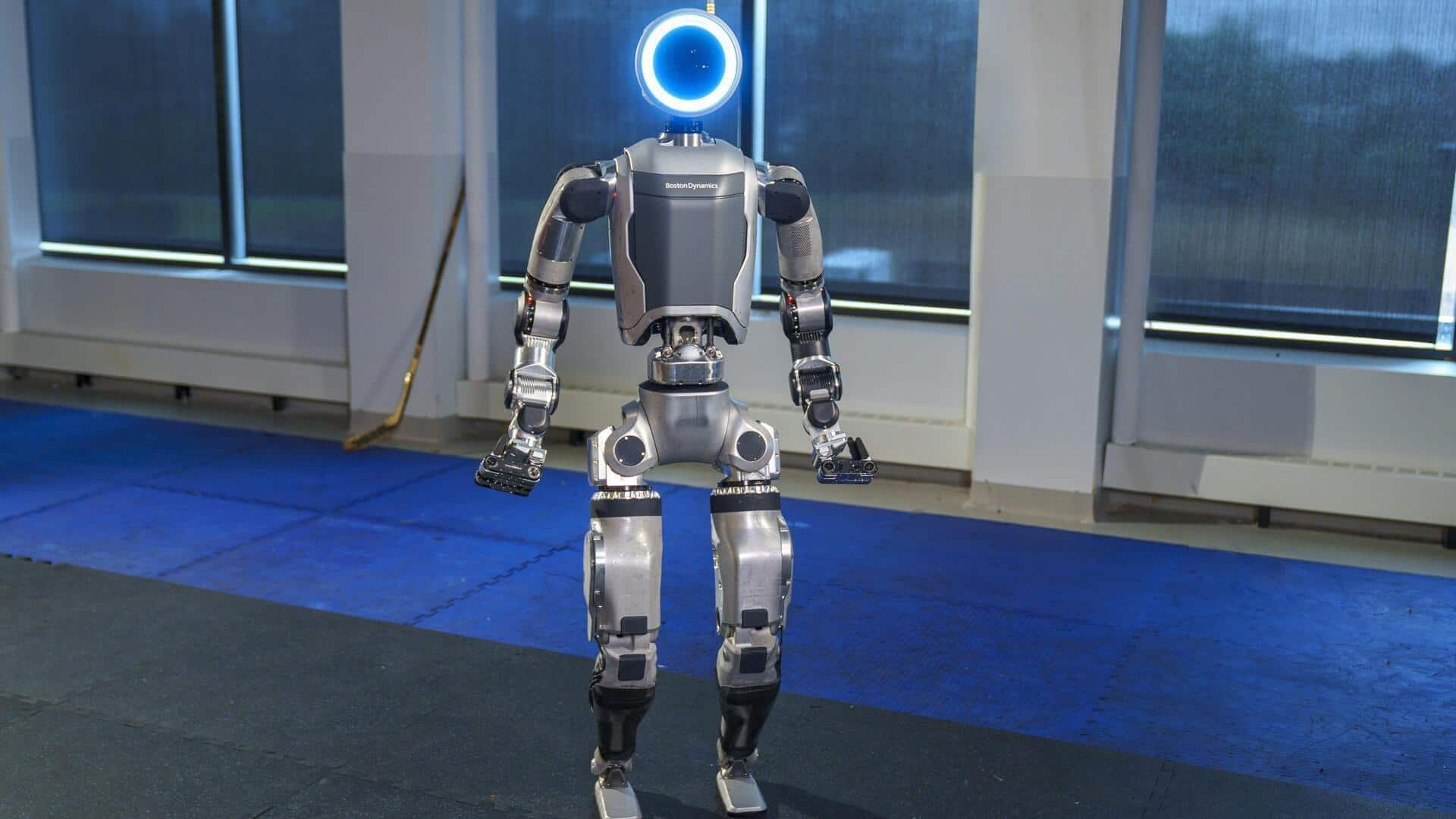
'Superhuman' vision: This tech lets robots see through thick smoke
What's the story
A team of researchers at the University of Pennsylvania, led by Professor Mingmin Zhao, is working on a revolutionary radio-based sensing system for robots. The technology, which is still in the early stages of development, uses radio waves to allow robots and autonomous vehicles to see through thick smoke or heavy rain, and even around corners.
Innovative technology
Radio waves: A novel approach to robotic vision
The use of radio waves for robotic vision is a new approach, unlike traditional methods that depend on optical cameras, LiDAR, and other sensors. Zhao's team has designed a robot that emits radio waves in all directions with the help of a spinning array. It releases radio waves in the millimeter wave band (waves between one and 10mm long), like some 5G installations. An onboard AI system then uses this information to create a 3D view of the environment.
Vision enhancement
Aiming for 'superhuman' vision in robots
Zhao explained the team's objective saying, "What we have been trying to do here is basically help robots obtain superhuman vision - to see in scenarios where human eyes or traditional visual sensors cannot." He envisions this tech being used in future search-and-rescue missions, perhaps helping robots save people from burning buildings. The team has also conducted further tests using a clear plastic box filled with smoke around the robot's spinning equipment.
Wave characteristics
Radio waves and their unique properties
Radio waves, a part of the electromagnetic spectrum, reflect off surfaces and materials in a manner slightly different from visible light. Their longer wavelength enables them to pass through tiny smoke particles without getting blocked. Zhao's team has designed their robot to detect these radio wave reflections, further enhancing its vision capabilities. The team is also working on adapting this tech to make the robot see partially around corners.